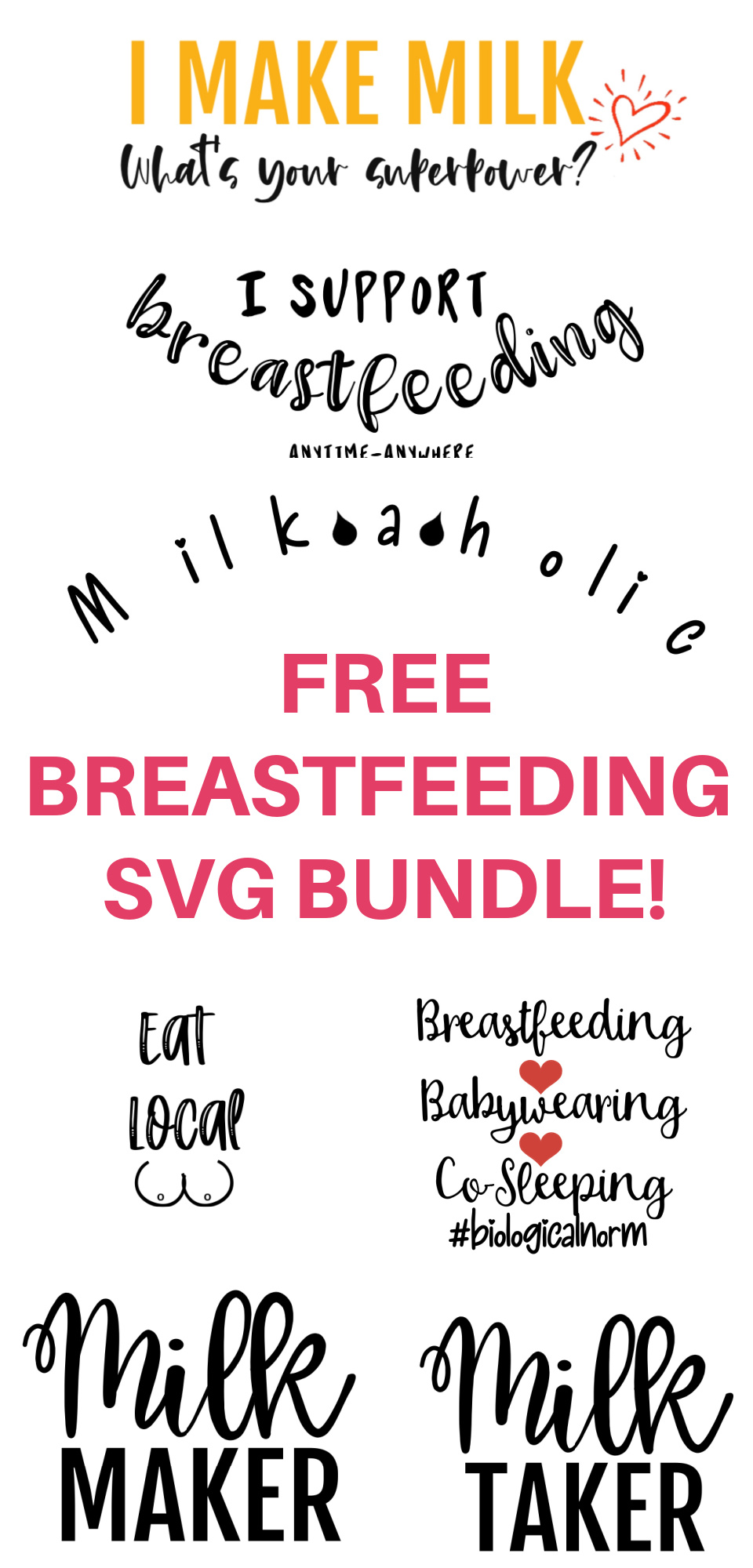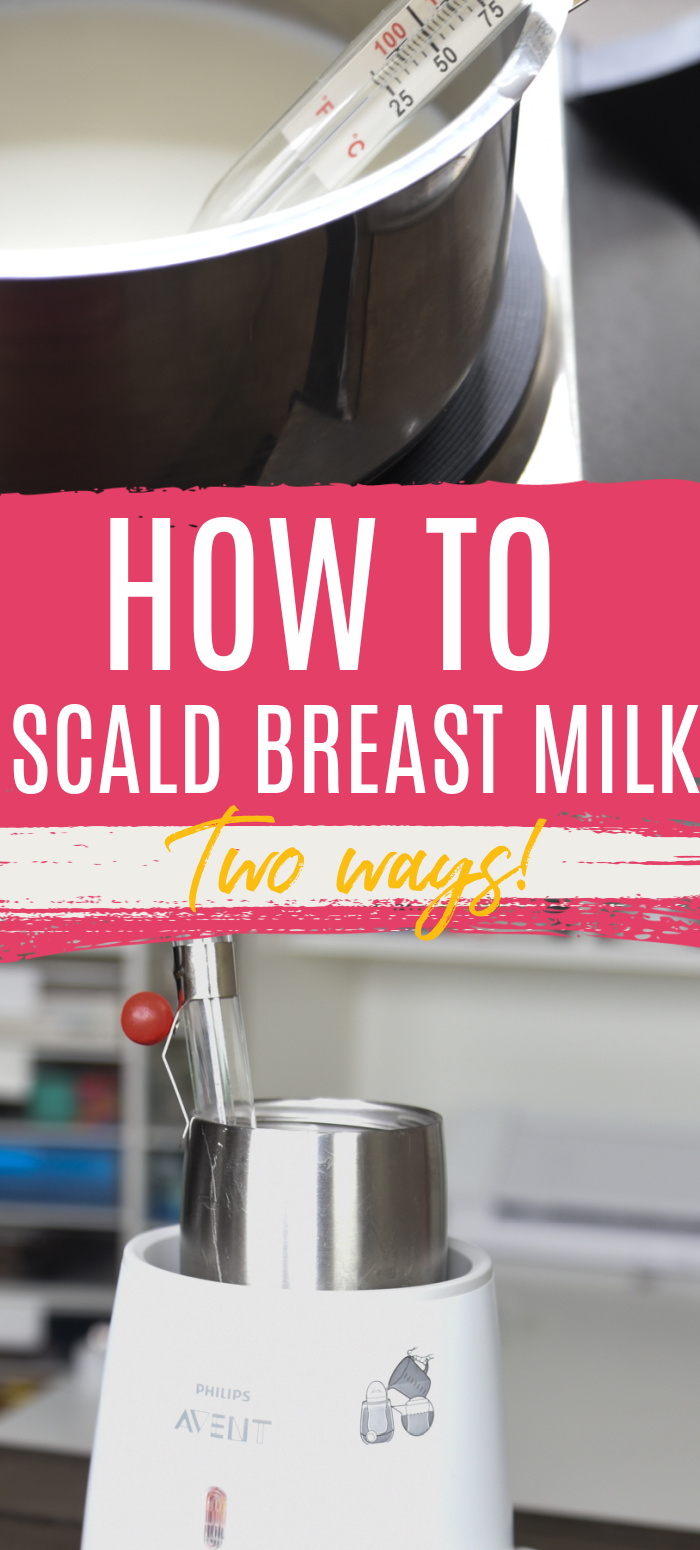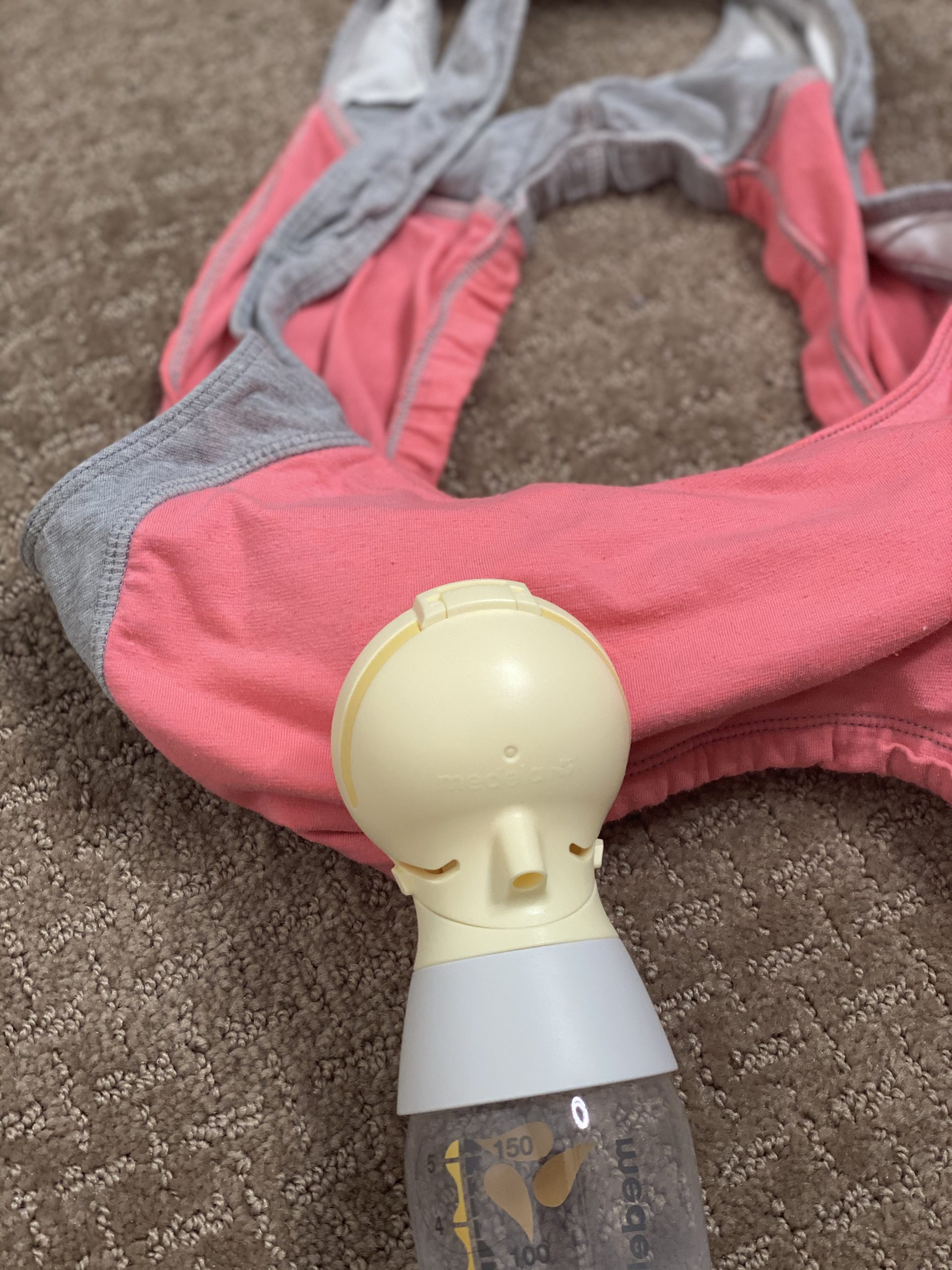Having a fussy breastfed baby can be overwhelming – but it’s usually because they are trying to tell you something. Here are the top 9 reasons why your baby is fussy while breastfeeding and what you can do about it.
If your baby is fussy while nursing, you might feel at a loss. Do you have enough milk? Is it something you are eating? Here are some of the top reasons why your little nursling might be fussy, along with actionable solutions on what you can do.

Having a baby who seems uncomfortable, sad, or even angry at the breast can be a frustrating and sad experience.
So many mothers reach out to me asking if they did something wrong, why their baby hates nursing, etc.
Some babies scream and cry during breastfeeding—in some cases, they reject the breast altogether; other times and they act like they don’t like breastfeeding at all. Often, it’s not something you’ve done – so don’t feel like you’ve done any wrong.
However, it is understandable to be upset – this situation can cause that they need more milk for their children or that there is some problem with their milk.
Get the answers to all your breastfeeding questions and concerns with “The Complete Online Breastfeeding Class.” The only online breastfeeding class designed to help you make breastfeeding work for you – all from the comfort of your home.
Why is my Baby Fussy While Nursing?
Half of the fight is determining why your infant is crying and objecting in any case. You want nothing more than to know your baby is getting sufficient milk and thriving. However, it’s challenging to be confident when they latch on and off constantly, crying in the middle.
We will examine a few fundamental reasons your child may be fussy at the breast and what can be done.
Reason # 1: Insufficient Physical Contact
Sensory deprivation or absence of physical contact can make a child irritable, which can make them feel less inclined to nurse. .
The Solution:
Try Skin-To-Skin Contact
Focus on skin-to-skin with your baby as an approach to relieve the fussiness. Skin-to-skin contact before feeding is a fantastic method to calm a fussy infant. It can trigger natural feeding practices, manage breathing and pulse, and even help infants with neurological development.
Skin to skin can be so soothing, and it can make your baby associate good feelings with being at the breast.
Reason # 2: Positioning issues
Your infant might be ready for the other breast yet has no clear way to reveal this (consequently the complaining!). Or on the other hand, your child may find an alternate position more comfortable or straightforward to latch onto, particularly during a fussy time of day.
Babies are, after all, human as well and quickly develop different preferences. Some infants may feel uncomfortable in certain positions, especially right after birth if their bodies are out of alignment (which many are!)
The Solution:
Switch sides or attempt various positions
Sometimes, something as basic as changing position does give excellent results for your infant. When a baby is well positioned and latched at the breast, she is bound to stay relaxed and quiet during the feeding session.
This is because good positioning and connection help guarantee your infant feels safe and can suck and remove milk easily during each feeding.
Seeing an International Board-Certified Lactation Consultant (IBCLC) can also assist you with enhancing good positioning and attachment for you and your child.
If it seems like your baby feels tense or uncomfortable, working with a Chiropractor or a Cranial Sacral Therapist who is experienced with infants can make a big difference as well.
Reason # 3: The baby is going through a growth spurt
There are times during a child’s first year of life when they experience growth spurts.
When going with a development spurt, your child might need to feed more and can get fussy. It’s normal for an infant to, out of nowhere, feed up to 18 times in 24 hours during a growth spurt. Your baby will require more milk to help the growth spurt, and nursing more will boost your supply as well.
During this time, babies can likewise get fussier than expected. They may seem disrupted, clingy, and may not sleep well.
Growth spurts usually happen a few times during the first year. These are at:
- Fourteen days old.
- Three weeks old.
- A month and a half old.
- Three or four months old.
- Six months old.
Not all babies will follow this plan; some may have more growth spurts or be at different periods.
I also recommend reading up on “The Wonder Weeks“. These are periods of development during the first two years of life that you can expect your baby to act a little different than normal as they grasp new skills and abilities. I LOVE The Wonder Weeks app, as it gives you a calendar based on your infant’s due date – I have found it to be very accurate with my children.
The Solution
During this time, take cues from your child. React to their cues, whether it’s more feeds, extra snuggles, or simply quiet time and a nap.
Sometimes it means stopping the nursing session and trying again a little later. I am not one to ever force the breast on an infant, as they can develop an aversion if they associate uncomfortable feelings with breastfeeding.
Your infant may get upset if you’re not delivering as much milk as they need or think they need. It can require a day or so for supply to catch up with demand. The more you let your infant feed, the more milk your breasts will create. I strongly recommend just putting the baby to the breast as frequently as they will let you rather than feeling like you need to give a bottle.
It is possible that your child feels hungry right after a feeding session, so don’t be reluctant to feed once more. There’s no rule that says you have to stop nursing after nursing once on each side.
Reason # 4: Oversupply or Forceful Flow
When a mother has an excess of milk, her child may frequently bring up milk, be clingy, and need to feed more. She may experience colic and be fussy at the breast, moving away when the milk begins streaming. A sudden stream of forceful milk can be uncomfortable and scary for an infant.
Focusing on when your infant begins to cry may reveal some insight into the explanation.
If your child is fussier toward the beginning of the day and toward the beginning of a feed, it’s likely because your excessively full breasts discharge a lot of milk excessively fast.
The Solution:
A few things you can do to solve the issue are:
Express prior to each feeding: Pumping some of your milk before feeding, or expressing it by hand, can help slow down the milk flow. Keep in mind that pumping can aggravate an oversupply, so this should be done with caution. Hand expression might be a better option.
Lie back when nursing: Adopting a laid-back feeding position with your child lying tummy to tummy with you while you lay back can moderate the milk flow. Milk will be streaming against gravity and will not pour down the infant’s throat.
Burp after feeding: When your milk is streaming quickly, the odds are the child will swallow loads of air while feeding. A gassy baby is a fussy baby, so burp them routinely, during, and after the feed.
Manage the oversupply. Oversupplies are simply not something you should hope to achieve or maintain. If you have an oversupply that is clearly affecting your infant, work with an IBCLC to come up with a plan to help lower your supply.
Reason #5 – Slow Flow
On the other hand, perhaps your milk flow is excessively slow, and they get frustrated. Your baby may become irritable sitting tight for the flow of milk that accompanies the let-down and begin crying.
This can happen for various reasons – bottle preference (which I’ll talk about more below), a mom with a lower supply, a mother who is ovulating or on her period, etc. A determined baby who knows milk will come can be patient for quite some time as they wait for the milk to come, but a baby who is a little less patient or more used to a bottle may not be as willing.
The Solution:
Switch Feed – This is a fantastic method for increasing supply and helping with letdowns. In the case of a baby who is getting frustrated with a letdown that is taking time to come down, simply switch your baby to the other side the moment they show any signs of distress and have them suckle on that side.
Switching them back and forth frequently can help with stimulation and may solicit a letdown faster while preventing your baby from having a total meltdown.
Condition your Letdown – You can actually condition your letdown to happen with certain cues, using the theory of Pavlov’s Bell. Kelly Mom has a great article on this topic and how to do this – you can click here to read more!
Hand express before latching – If you are able to hand express to a letdown – or so that there are at least some drops of milk on the nipple – before latching, this can help calm some babies down enough to suckle long enough to get a letdown.
Increase supply – Sometimes, a slow letdown can be due to a decreased milk supply. Determining why you have a lower milk supply and what you can do to increase it can be helpful. In most situations, increasing stimulation to the breast is key!
Use a Supplemental Nursing System (SNS) – If your baby is not used to nursing at the breast, they may not understand that milk comes with suckling. So when they start to suck and nothing comes out right away, it can be distressing. This can happen with a baby who has a bottle preference, who has had some kind of feeding difficulty or is a preemie.
In this situation, an SNS may be an appropriate solution. This is basically a little bottle of milk, attached to a tube that goes into your infant’s mouth while they nurse. When you use it correctly, the milk flows out while your baby suckles at the breast, encouraging them to nurse and stimulate the breast while still getting milk. This can be a great way to create a positive association at the breast.
Reason #6: Bottle Preference
A bottle preference is often one of the biggest reasons why I see an infant getting frustrated and fussy at the breast.
The reason? Simple – it’s because they’ve discovered that a bottle is easier to get milk out of, and they may have gotten out of the habit of waiting for their milk to start flowing. Some simply just prefer that faster flow from the bottle.
Solution
Make sure you are paced feeding your baby when you bottle feed them. This is a method that mimics breastfeeding as it limits the fast flow of the bottle, requires the baby to use different muscles, and encourages them to work for the milk rather than just have it flow into their mouth.
Reason #7: Sickness or Underlying Health Condition
Some babies become irritated about feeding when they are sick or uncomfortable. Illnesses that make it hard for a baby to coordinate breathing with sucking – such as RSV – can make a baby act fussy while breastfeeding. Ear infections can also make the cradled position many babies nurse in uncomfortable as well.
On the other hand, if there is an underlying health condition, such as RSV, that is making breastfeeding difficult, that is something to consider as well.
Solution
If your baby has suddenly become fussy and have signs of illness, do whatever you can to alleviate the discomfort or pain that they are in. If your baby is super congested, make sure to suction their nose beforehand (we love the Baby Bubz nasal aspirator). If they seem to have an ear infection or sore throat, consider using Tylenol – or Advil if they are over six months – to see if it helps.
If you suspect an underlying health condition, reach out to your trusted medical provider to determine the best course of action.
Reason #8: Discomfort
Many of the reasons discussed above mention discomfort – but it can be a huge part in why some babies are being extra fussy with nursing. It’s important to correct the reasons for discomfort, especially if it’s particularly pronounced during nursing, to ensure your baby doesn’t associate breastfeeding with pain.
Solution
There are many reasons why a baby might be uncomfortable – reflux, gas, facial tension, misaligned spine, etc. Finding the reason is essential to find the solution – sometimes changing position can make all the difference!
For instance, if a baby has reflux, switching to laid back nursing might be an appropriate solution. If the baby has facial tension, visiting with a chiropractor or a Cranial Sacral Therapist may make all the difference.
Reason #9: Overstimulated
Babies who are overstimulated or over tired may act especially fussy when nursing at times. This is an understandable response, which is why it’s important to ensure your baby gets plenty of rest throughout the day and are fed on demand.
Solution
If you suspect your baby may be overstimulated, you should do what you can to calm them down and help them feel better. Sometimes, putting them to the breast when they are feeling uncoordinated and overwhelmed can make things worse.
One thing that I often found helpful with my children is to offer a pacifier. Pacifiers and breastfeeding can be controversial; however, I found that they became a great tool in helping an overstimulated infant somewhat “reset”.
If you find your baby is frequently getting overstimulated, I strongly recommend revisiting their sleeping routine and schedules to make sure they are getting adequate amounts of sleep.
Other Possible Reasons
Some other reasons why your baby might be fussy at the breast include:
- Baby prefers one breast
- Thrush
- Reflex
- The baby is done nursing at the moment
- Teething
- Stuffy nose
- Allergy or food sensitivity
- Tongue-tie
I strongly recommend working with a lactation consultant to determine what is going on and what can be done. Sometimes, the second set of eyes and ears can make a big difference.
If you are interested in a virtual lactation consult, click here to book!
If this is a sudden change, I would sit down and write down EVERYTHING that has happened in the last few weeks – any changes, any new foods or medications, etc.
Having a baby who cries while breastfeeding can genuinely shake your confidence. However, it’s worth the time and effort to find out the reasons and the solutions to take care of business.







